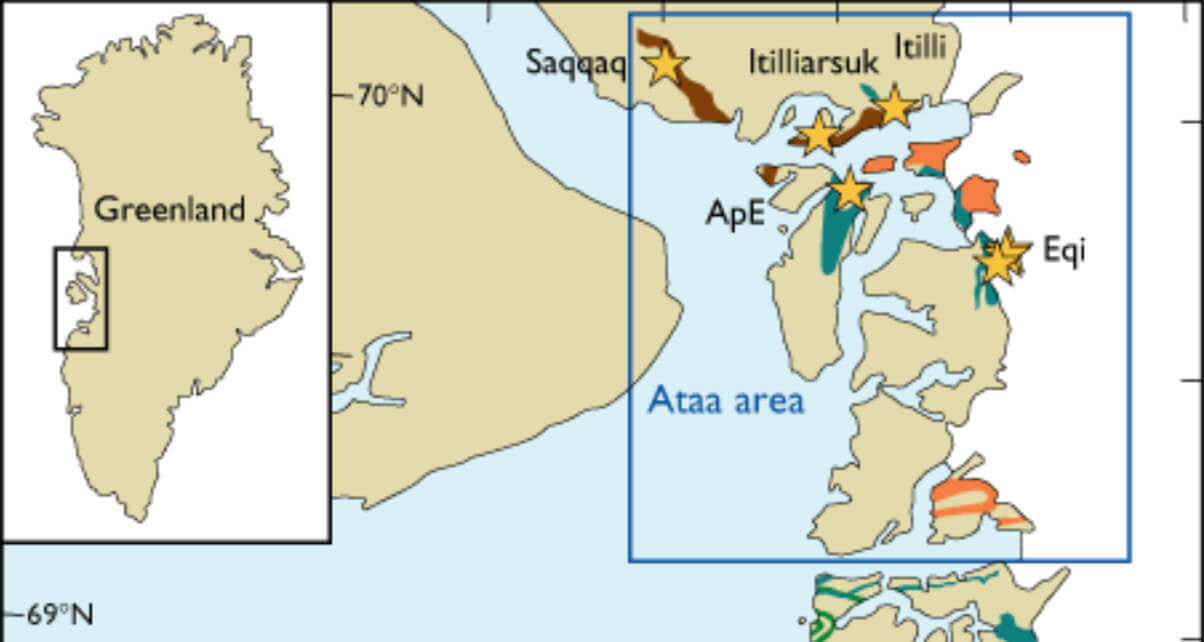
How to Cite
Share
Abstract
In 2003, the Geological Survey of Denmark and Greenland (GEUS) completed a four-year project aimed at assessing the mineral potential of the Precambrian region of West Greenland between latitudes 66° and 70°15´N. The project was part of a contract between GEUS and the Ministry of the Environment, and involved compilation of existing geoscientific data, new geological mapping, field examinations of known and potential mineral occurrences, new chemical and isotope analyses, and data interpretation. The data compilation, available on a DVD (Schjøth et al. 2004), comprises regional, systematically acquired data sets presented in a Geographic Information System environment. Aeromagnetic, aeroradiometric, stream sediment and rock geochemical and gravity data, a digital elevation model and a satellite image are included, plus descriptions of 60 mineral occurrences. Evaluation of the mineral potential is based on interpretations of the compiled information as well as on earlier investigations by the Survey, the University of Copenhagen and commercial companies (see e.g. Stendal & Schønwandt 2003; Stendal et al. 2004). From an economic point of view, the potential for gold and diamonds is the most interesting in the investigated area. This paper summarises the evaluation of the gold potential; results of diamond-related investigations are reported separately (Jensen & Secher 2004, this volume).
How to Cite
Share
Downloads
Editors: Martin Sønderholm & A.K. Higgins
The Review of Survey activities presents a selection of 23 papers reflecting the wide spectrum of activities of the Geological Survey of Denmark and Greenland, from the microbial to the plate tectonic level.
The Survey's activities in Denmark are documented by ten papers. These include discussion of the [...]










